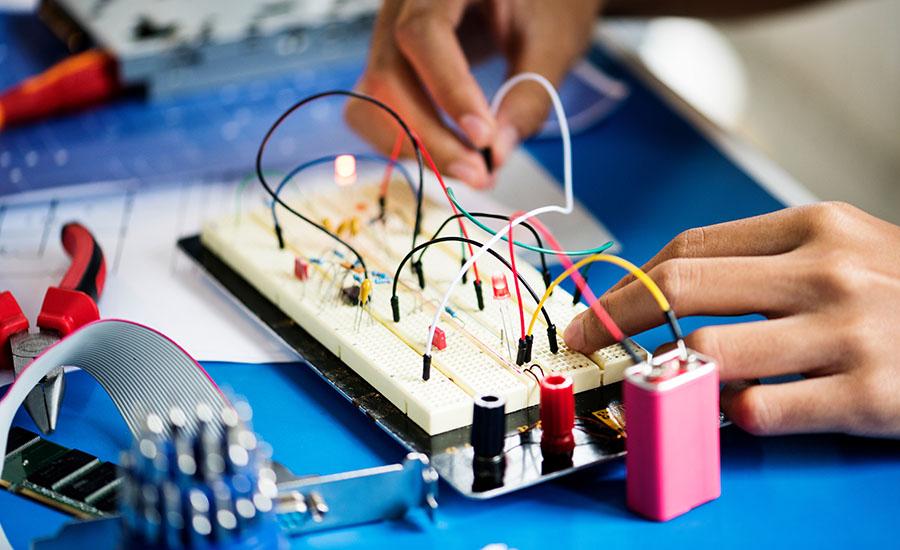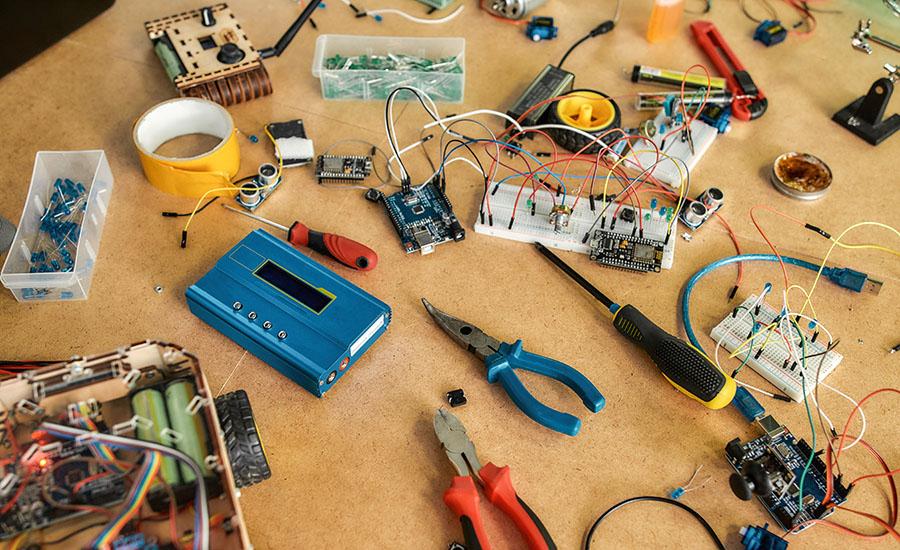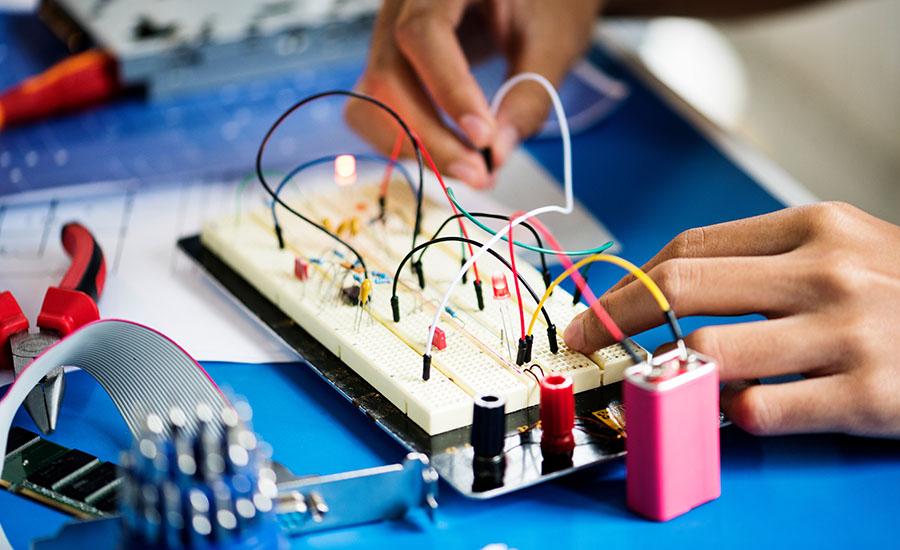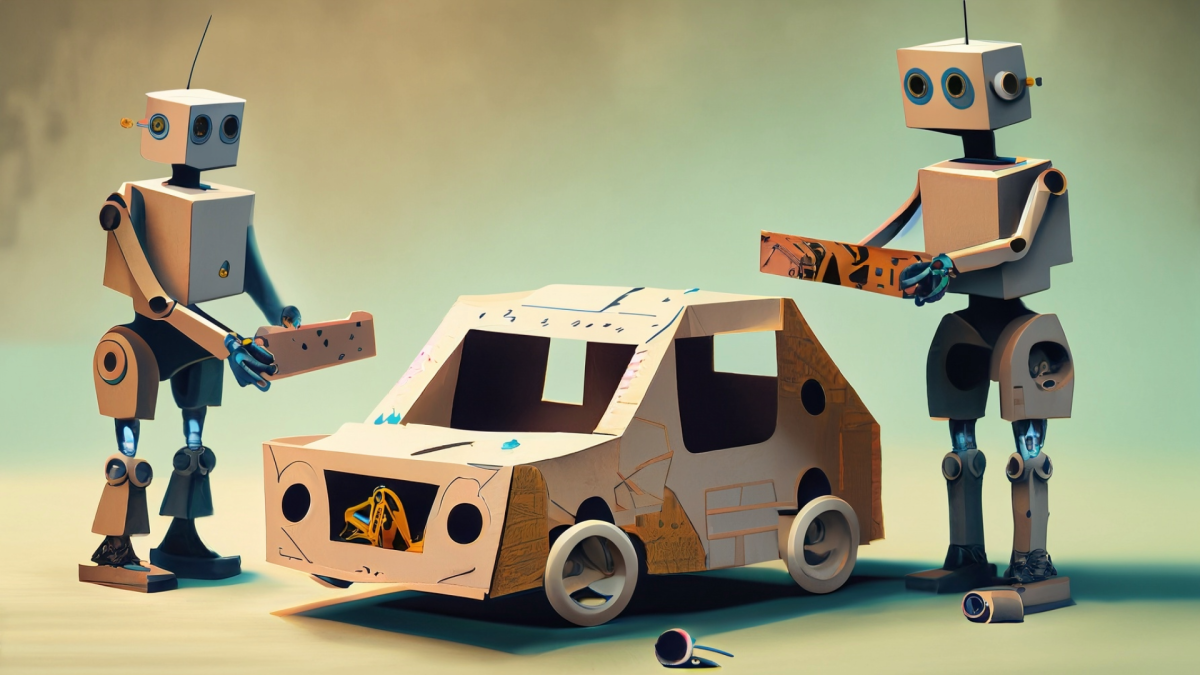
LED lights, circuits and electricity: Part 2 of 3 Squishy Circuits
Students will investigate how a simple circuit works through the use of Squishy Circuits. This is part 2 of a 3 part unit but can also be done as a stand alone activity. Students will draw and label models of their circuits when competed and discuss properties of a circuit with their peers.
Lesson Grade Level
4th GradeLesson Plan Link/URL
https://docs.google.com/presentation/d/1FSRQshf4ZJOnZQhYSTq_yFLecGb6z7Vj/edit?u…Subject Area
Science Physical Science P4: Energy Transfer Engineering S2: Apply the Engineering Design Process English Language Arts (ELA) Speaking & ListeningRelated Content

Zippy the Elf's Zipline Zone
In this creative engineering design lesson, students are challenged to use an inclined plane to create a safe and exciting zipline park for Zippy the Elf. This lesson reviews simple machines and has

Through guided lessons and research, students generate their own circuit review questions by creating a board game that requires designing and building several circuits.

Students will learn about the difference between potential and kinetic energy by building a ramp. Three objects will be tested down the ramp to see which one can go the farthest. Data will be